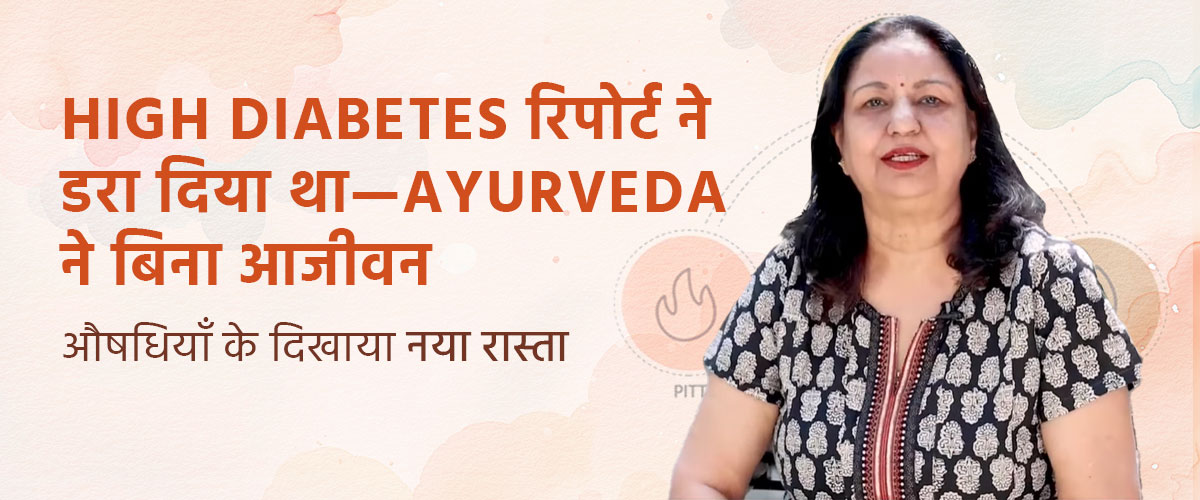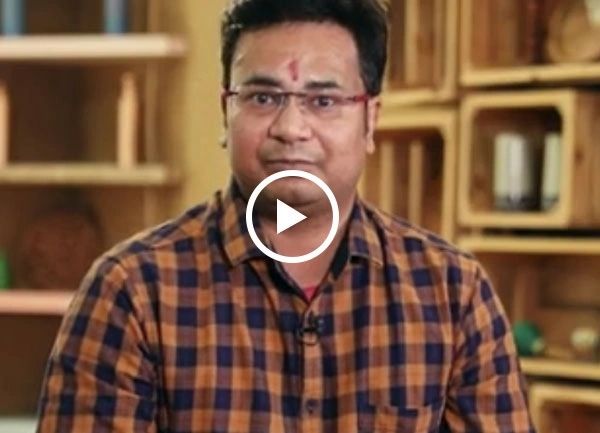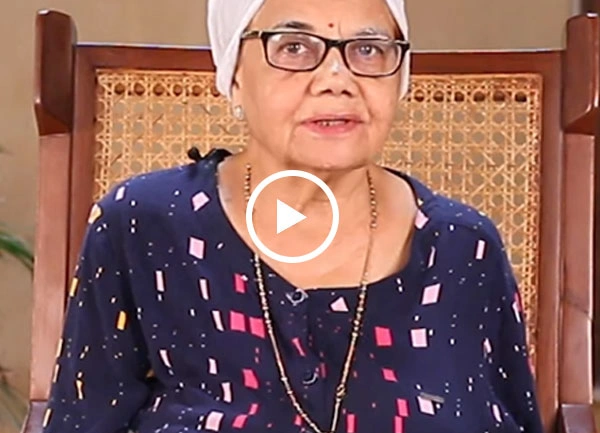Preparation:
First and foremost, lay out a Yoga mat that can accommodate the entire body with your legs and hands stretched out. You should practice this asana in a place that has access to fresh air.
And, before actually doing this asana, perform some basic exercises such as stretching that can warm up the body.
Steps:
- Lie down on your back. Join both the legs and stretch both the hands behind your head while inhaling.
- Bend your left leg and entangle the fingers of both your hands while exhaling.
- Press the left knee against your chest and try to touch the knee with your chin.
- Exhale and hold your breath as long as you can; inhale when you want to. Maintain this posture for 30-60 seconds, breathing normally.
- While inhaling, straighten the neck and lower the head back on to the ground.
- Exhaling slowly, lower the legs back to the supine position.
- Repeat Steps 3 to 7 with the right leg.
- Bend both legs at the knees and rest the thighs against the chest, keeping the knees and ankles together and repeat the asana.
- Perform the asana at least 3-4 times for best results.
Anatomical Focus:
This asana focuses on lower abdomen, thighs, hips, and buttocks.
Benefits:
- Stretches the neck and back.
- Compression of abdominal muscles and internal organs increases blood circulation and stimulates the nerves, enhancing the efficiency of internal organs.
- Abdominal pressure helps release any trapped gases in the large intestine.
- Improves digestive system and relieves constipation.
- Strengthens the lower back muscles, liver, kidney, urinary bladder, and loosens the spinal vertebrae.
- Alleviates problems of irregular menstruation and vaginal discharge.
Precautions-Contraindications:
- Avoid this asana if you have had an abdominal surgery, as it puts a lot of pressure on the abdomen.
- People with cervical problems, high blood pressure, heart disease, back pain, hernia, piles, or uterus problems should not try to touch their knee with the chin. Keep your head down on the ground while performing the asana.
- If you suffer from high blood pressure or heart disease, skip the step where you have to bend both the legs together.
- Pregnant women should not practice this asana.
































